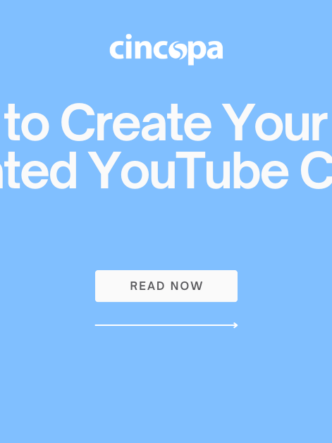Building Sustainable Revenue Streams for Video Content Creators
Video content creators, this one’s for you. It’s a look at 7 lucrative revenue streams for video creators, and it includes examples too. But that’s not all because this guide also explores a very real and often paralyzing experience for many.
In my time working closely with video content creators over the last 6 years, building a sustainable revenue model often seems elusive. So, to help, I’ve also included 5 powerful strategies you can use to create the right foundation for a thriving business.
Let’s start with making money from your videos.
7 Revenue Streams for Video Content Creators
Truth is, there are more than 7 ways to monetize your videos. These 7, however, cover some of the easiest and most lucrative.
1. Ad Revenue From YouTube Video Views
Ad revenue is one of the lowest-hanging monetization options available. Monetizing your YouTube channel effectively can transform your passion into a reliable income source, leveraging the platform’s vast audience and ad placement opportunities. It’s one of the most common models and popularized by YouTube.
You’re creating content that advertisers showcase adverts on, either before, during, or after your videos. Advertisers pay to show ads alongside your videos and YouTube split the ad spend revenue with you on a 55% (YouTube)/45% model. To increase your ad revenue, it’s essential to maximize the quality and impact of your content. Partnering with professional video production companies can be highly beneficial, as they bring expertise in storytelling, cinematography, and editing. This ensures your videos are engaging and polished, ultimately attracting more viewers and advertisers.
Average earnings depend on the niche or industry your video is aligned with, and creators earn for every 1000 views. Gabe Bult’s “How Much I Made On YouTube With 10k-400k Subscribers” video shares his earnings journey as his channel subscriber count grew from 10,000 to 400,000 subscribers. If you’d like to see what that looks like, it’s worth the watch.
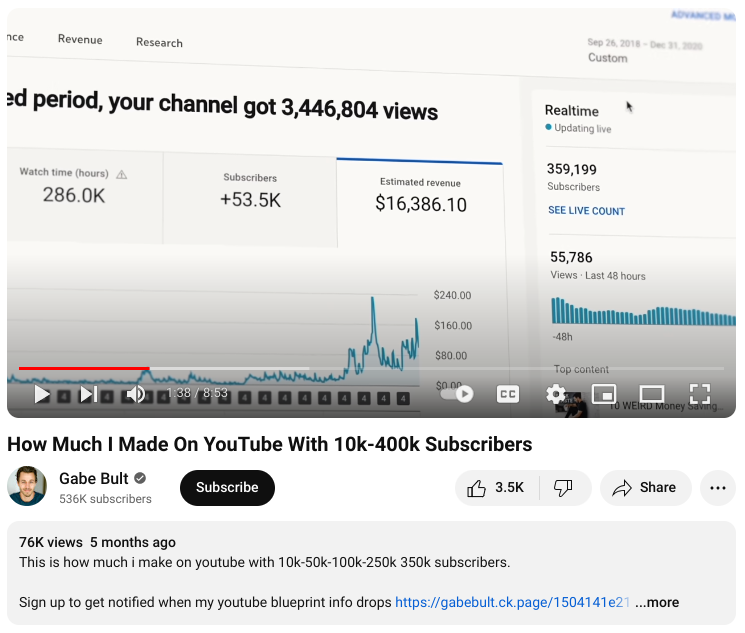
2. Sponsorships and Brand Deals
Brand collaborations and sponsorship deals work because:
- Companies are always on the lookout for people who represent their values, and
- Creators have audiences that are aligned with their target market, helping companies reach more customers.
Sponsorships and brand deals typically involve the creation of user-generated content, content you’ll create about a brand’s products or services. Landing your first sponsorship deal may take time and knocking on a few doors, but it’s possible and less complex than most are aware.
Brands usually have requirements you must meet to be considered as a marketing partner. To get started, identify a marketing contact and email them using cold email platforms. Ask if they are interested in partnering with you and share details about your social accounts. This should get a conversation started around what they are interested in, what you’ll need to deliver, and how much you can get paid.
Helpful resource: Watch N8wealth’s video on how to get sponsorship is filled with helpful tips and insights on how to get started.
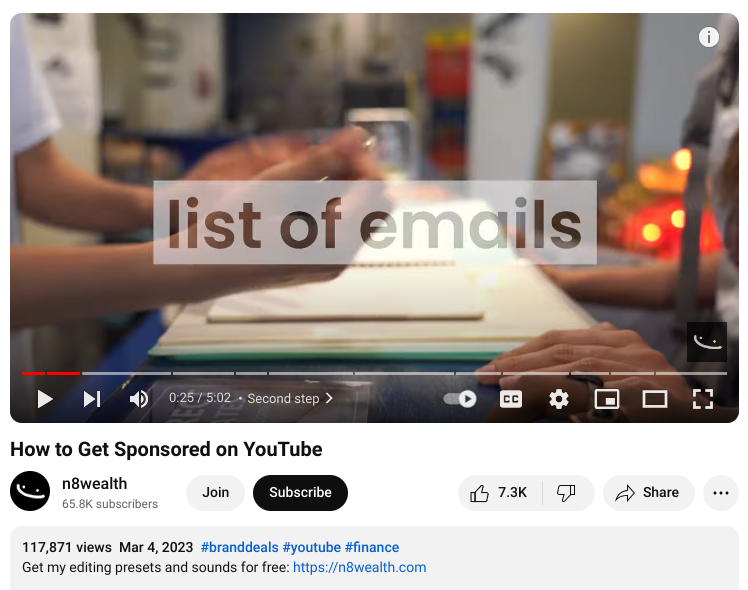
3. Promote Affiliate Marketing
Affiliate marketing involves positioning products and services from other companies and receiving a commission every time someone purchases through your link.
Unlike sponsored deals, you don’t need to engage with anyone at the company to start promoting products. Most brands have turn-key affiliate marketing programs that you can join through an online sign-up and begin promoting products immediately.
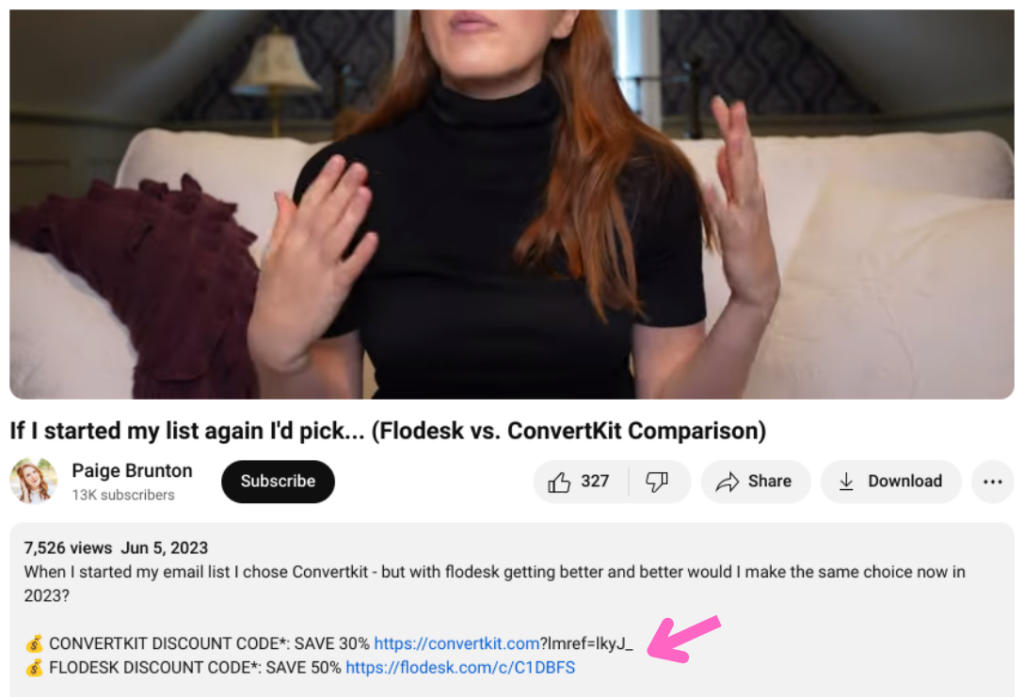
Page Brunton’s video review on ConvertKit includes an affiliate link in the video description, alongside another link for 50% off Flodesk, a competitor to ConvertKit.
4. Sell Your Own Merchandise
It used to be hard to create and sell branded merchandise such as clothing, accessories, and more. But that’s changed with the boom of print-on-demand. Today, companies like Amazon, Printify, Printiful, Mimeo, and more have closed the gap. You can design, promote, and sell a range of products without worrying about stocking inventory or the costs of buying stock upfront.
This means you can begin selling your own line of products that, when ordered, are delivered directly to your customers.
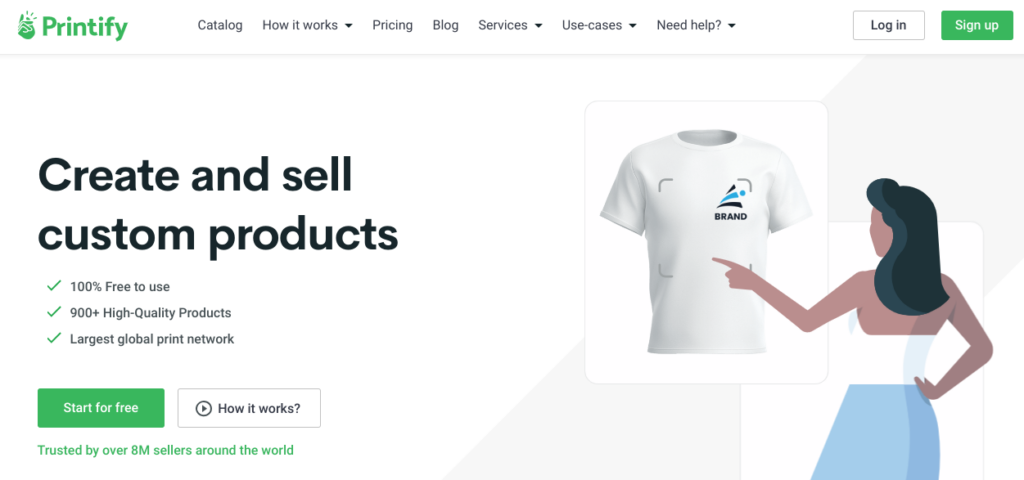
5. Offer Subscriptions
One of the most exciting opportunities available today is the chance to build a truly sustainable business with long-term customers through subscriptions. You can offer access to premium content for a set monthly fee that’s automatically billed to every customer.
Building this kind of revenue stream offers a much more linear growth curve, leaving room for additional income from many of the monetization ideas on our list.
There are video monetization platforms you can leverage, like Uscreen, and the sky really is the limit when it comes to earning potential. I’ve seen several video content creators grow their revenue to $20k, $40k, and $100k per month, with some scaling their businesses to $1m per year.
Like Abundance Plus, a homesteading educational channel founded by Justin Rhodes. Launched in 2021, it has grown into a $100k+ per month business where Justin and team share content via a website and mobile apps.

6. Create Online Courses and Workshops
Global online education is projected to be worth $279.30bn by 2029 and there’s room for you to reap the rewards of this rapidly growing and lucrative market.
Developing an online course, or series of courses that provide quality and relevant education is always valuable. At Uscreen, you can create a video membership site, and launch a successful online education channel.
Take Etchr Studio. It offers subscription-based online courses and classes on how to draw and paint.


And because you’re paid monthly for access to your video course, you develop a sustainable revenue stream.
7. Sell Digital Products
Digital products are likely one of the highest-margin offerings you can create and monetize. Once produced, you can scale sales instantly.
There is no shipping or handling to worry about and you don’t have to build a new digital version of your product for each order you receive.
Digital products can be anything from e-books, templates, and journals, to photography LUTs packs, images, music, web elements, research and data, software, recipes, apps, and more.
Tisha Marie is a YouTube content creator. She creates content about how to produce and sell digital products. She’s diversified her revenue by creating a $12 eBook called the Digital Product Toolkit.
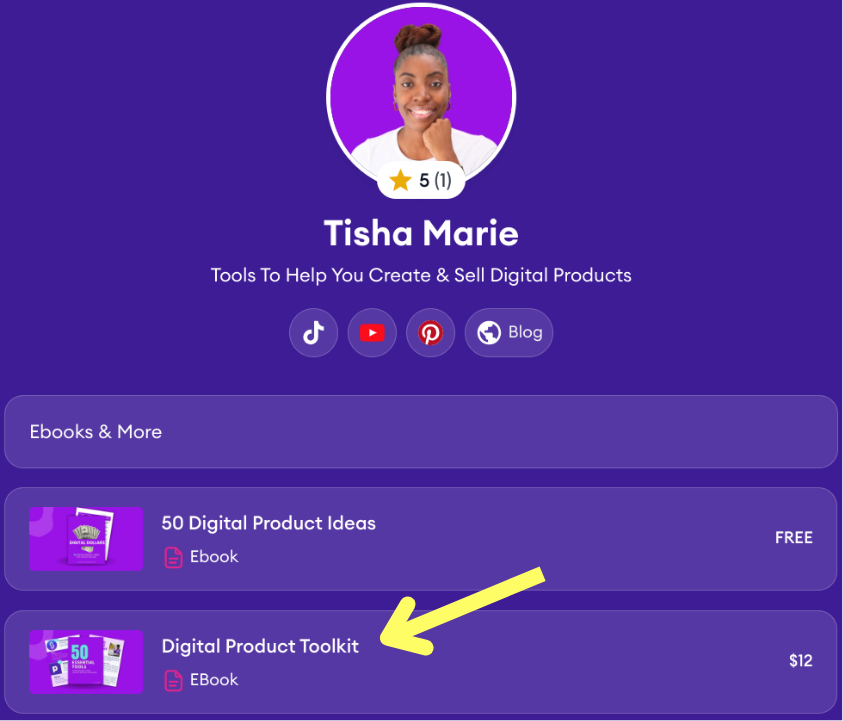
Strategies to build sustainable revenue long term
Having several lucrative monetization paths is exciting, but it’s crucial that you understand how to make the most of each opportunity. Monetization paths are only effective when you’ve got a strong strategy to support them.
What does that look like? Here are 5 pillars that, if set up in your video content business, will ensure sustainable revenue growth over a longer period of time.
1. Build a Well-oiled Content Marketing Machine
You can’t promote or sell anything with content. And you can’t produce impactful content without a content strategy. Develop one that’s based on an intimate understanding of your target audience, competition, and industry.
You should know this about your audience:
- How old they are
- Where they live
- What their interests are and where they align with what you offer
- What motivates them to seek what you offer
- What turns them off from other products or services in your market
- What they are willing to pay to access your services, and how often they can pay the fee
And you should know this about your competition:
- Who they are
- What their online presence looks like
- What makes them stand out
- Why people buy from them
- What they are not good at
- Who their customers are
- What products and services they sell
You should also know this about your industry:
- What the biggest challenges your industry faces are
- Where your industry is headed in the next 2-to-3 years
- What’s driving the evolution of your industry
- What’s holding your industry back from evolving
- The size of your industry
- Who the key players are (technology providers and marketplaces)
- What opportunities exist for new products and services
These may seem like long lists, but if you can answer these questions and do so at least once a quarter, you’ll be ahead of the curve. You’ll have almost all you need to build a thriving video content business.
2. Build Your Own Online Real Estate
Access to large audiences from online platforms like social media and YouTube is great. Your brand gets the kind of attention it needs and you’re able to reach more people. But building a property on rented land is never a good idea.
Most, if not all, free platforms are algorithm-driven, and algorithm changes render your content vulnerable. You can lose impressions, views, and ultimately income overnight.
The solution is to build your own online real estate. Build a website and create a mailing list. When you own the land you’re building on, you have more flexibility. And unlike most platforms that don’t provide direct access to your customers or audience, when you own an email list, you can reach out to your community whenever you want to and it won’t cost you any advertising spend.
3. Build a Community Around Your Video Content Brand
Building a community around your business is the surest way to success. Communities are made of fans who congregate around topics of interest. When you align your video content business with a group of people eager to learn, grow, or experience what you have to offer, you have a strong base of prospects. Prospects are more likely to buy what you have to offer and stay within your community for longer.
And it’s not hard to build a community around business either. One can be formed and maintained with a newsletter sharing ideas your community is interested in. You could also set up a Discord or Slack channel with invite-only access and a monthly subscription fee like Superpath.
It is a community for content marketers. It’s where they go to level up skills, learn how to get that all-important next career step and be surrounded by supportive peers.
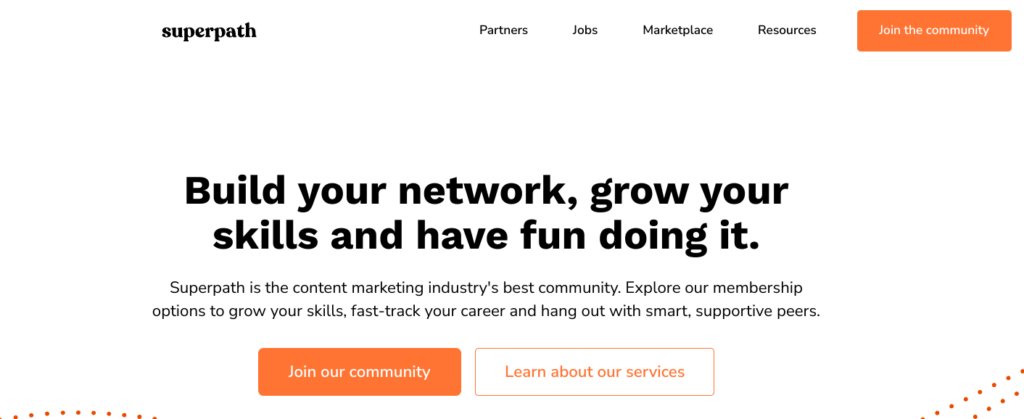
Here’s a look at their subscription options:
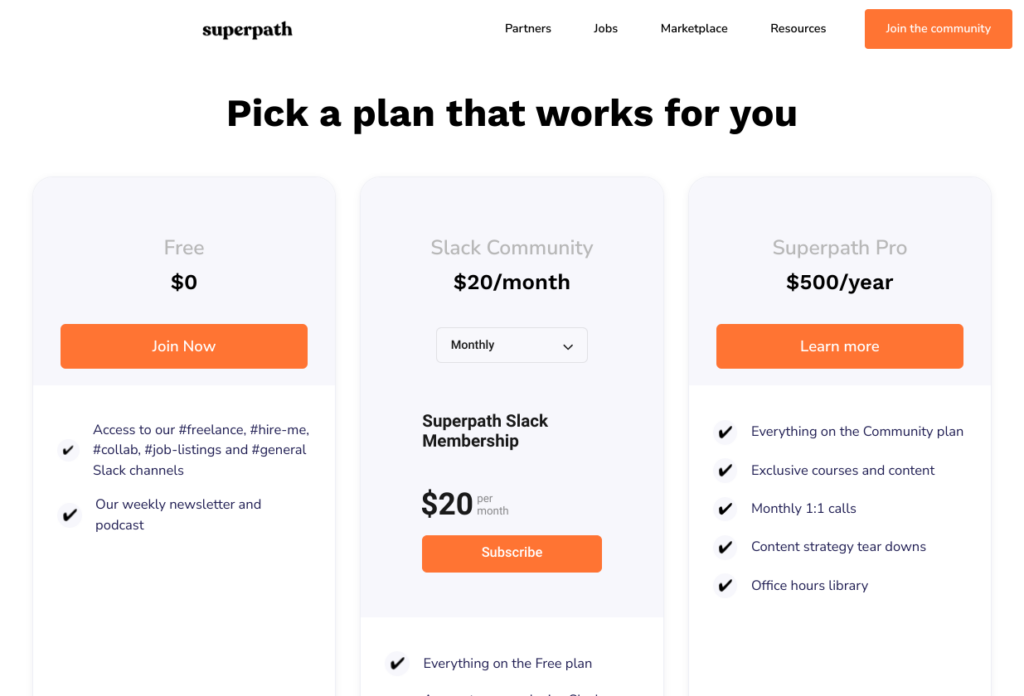
And here’s what their community thinks about Superpath: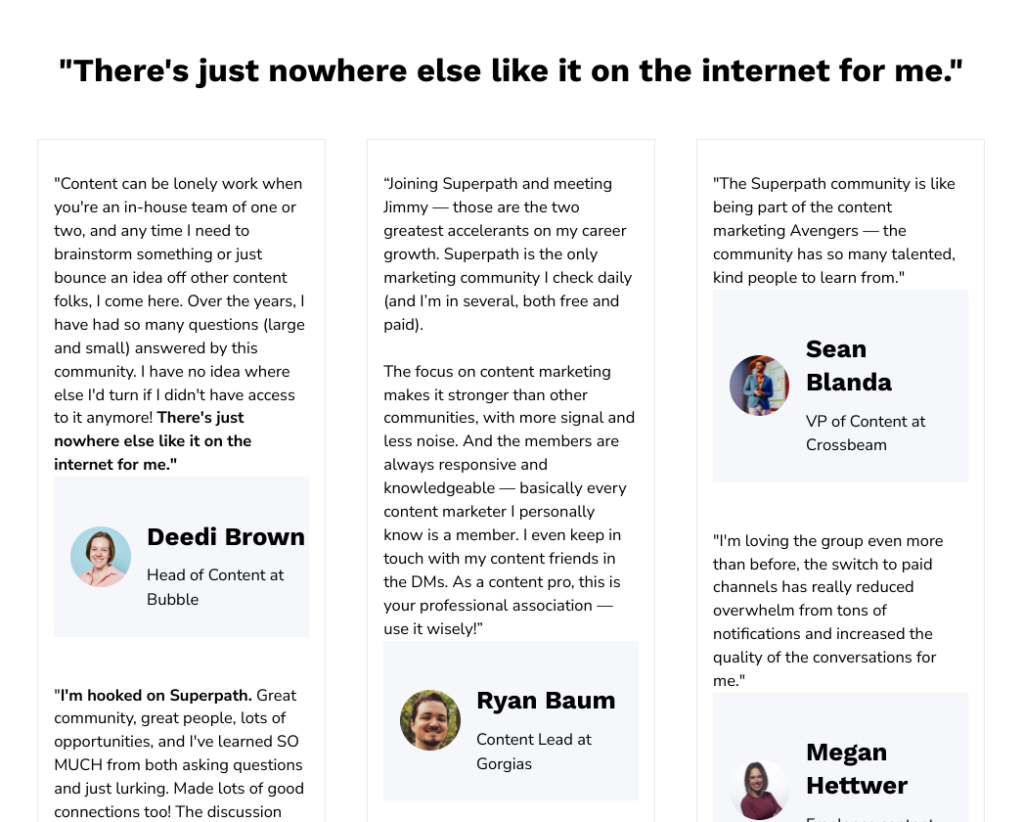
4. Lean Into Data
Being online requires data intelligence. You’ve got to have a handle on the metrics that matter. These may differ from one video content creator to another, however, here’s a basic guide on what to pay attention to, to run a successful business:
How you’re attracting an audience:
- Where are people finding your content?
- How many people come from a certain source?
- What kind of content seems to be attracting your audience?
How your content performs:
- How many views are you getting?
- How long are people watching your videos?
- Do your videos get any engagement (likes, shares, or comments)?
What’s working and what isn’t:
- If your videos are generating results, what’s your process for establishing this?
- What process do you have for figuring out what will work or testing new ideas?
- If you’ve identified what’s working, what’s your process for replicating that success?
What’s selling and what isn’t:
- Which products or services are selling and which are not?
- Do you know how to establish why they are not selling?
- How do research new products or enhance poor-performing products?
- How do you increase the average order value (i.e. can you bundle products, or produce complementary products to help make more revenue per sale)?
5. Diversify
Eagle-eyed and ambitious readers would have figured this one out by now, but it’s worth pointing out. Nothing is stopping you from having more than one way to make money from your video content. I recommend you do so too.
More revenue streams make it easier to reach more people with more offers. Because not everyone will want to buy your eBook, they may want more depth and a community, and a subscription to your community may be a better fit for them.
You’re One Step Closer
This is one of the most exciting times to be a video content creator. The barriers to market entry are low, and people are willing and able to support creators. So, you can build a sustainable business, but you’ll need to do some groundwork first. Try these ideas on for size. Start with one and commit to it. Generate results. Then take the next step.






